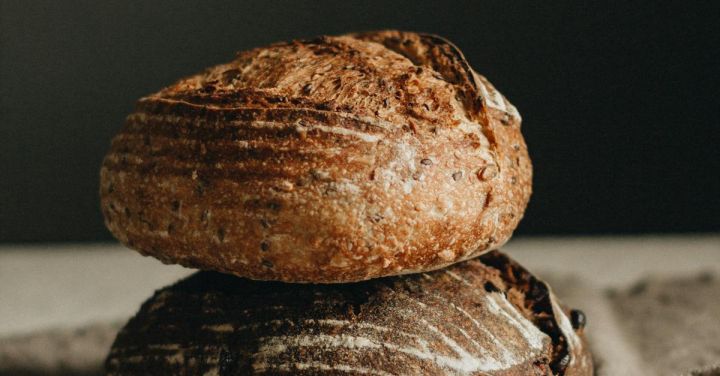Why Is Plating Important in Culinary Demonstrations?

In the world of culinary arts, presentation is just as important as taste. The way a dish is plated can make or break a dining experience, and this is especially true in culinary demonstrations. Plating is not just about making food look pretty; it serves a crucial role in engaging and captivating the audience. In this article, we will explore the importance of plating in culinary demonstrations and how it enhances the overall experience for both the chef and the audience.
Creating Visual Appeal
One of the primary reasons why plating is important in culinary demonstrations is that it creates visual appeal. When a dish is presented in an aesthetically pleasing manner, it immediately catches the eye and entices the viewer. The arrangement of ingredients, the use of colors, and the overall composition play a significant role in creating an attractive plate. By paying attention to the visual aspect of plating, chefs can elevate their dishes to a whole new level.
Highlighting Culinary Techniques
Plating also serves as a showcase for the culinary techniques used in a dish. By carefully arranging ingredients, chefs can demonstrate their expertise and skill in the kitchen. For example, a chef may use intricate knife cuts to create visually appealing shapes or employ different cooking methods to achieve varying textures. By showcasing these techniques through plating, chefs can educate and inspire the audience, giving them insight into the complexity and artistry of the culinary world.
Enhancing the Dining Experience
The way a dish is plated can significantly enhance the overall dining experience. When food is presented in an appealing manner, it stimulates the senses and creates anticipation. A well-plated dish can make the audience excited to taste the flavors and textures that lie before them. Additionally, plating can also affect the perceived taste of a dish. Research has shown that people tend to enjoy food more when it is presented attractively. Therefore, by paying attention to plating, chefs can elevate the dining experience and leave a lasting impression on their audience.
Telling a Story
Plating is not just about arranging ingredients on a plate; it is about telling a story. Chefs have the opportunity to express their creativity and personality through their plating choices. Each dish can be seen as a blank canvas, and the chef is the artist. By using different plating techniques, chefs can convey a theme, evoke emotions, or tell a narrative. This storytelling aspect adds depth and meaning to the culinary demonstrations, making them more engaging and memorable for the audience.
Inspiring Creativity
Lastly, plating in culinary demonstrations serves as a source of inspiration for both professional chefs and home cooks. When a chef presents a beautifully plated dish, it sparks creativity and encourages others to experiment with their own plating techniques. The audience may be inspired to try new combinations of ingredients, play with textures, or explore different presentation styles. Plating, therefore, has a ripple effect, inspiring innovation and pushing the boundaries of culinary artistry.
In conclusion, plating is a crucial aspect of culinary demonstrations. It creates visual appeal, showcases culinary techniques, enhances the dining experience, tells a story, and inspires creativity. By paying attention to plating, chefs can elevate their dishes and captivate their audience. So, the next time you attend a culinary demonstration, take a moment to appreciate the artistry and thought that goes into each beautifully plated dish.